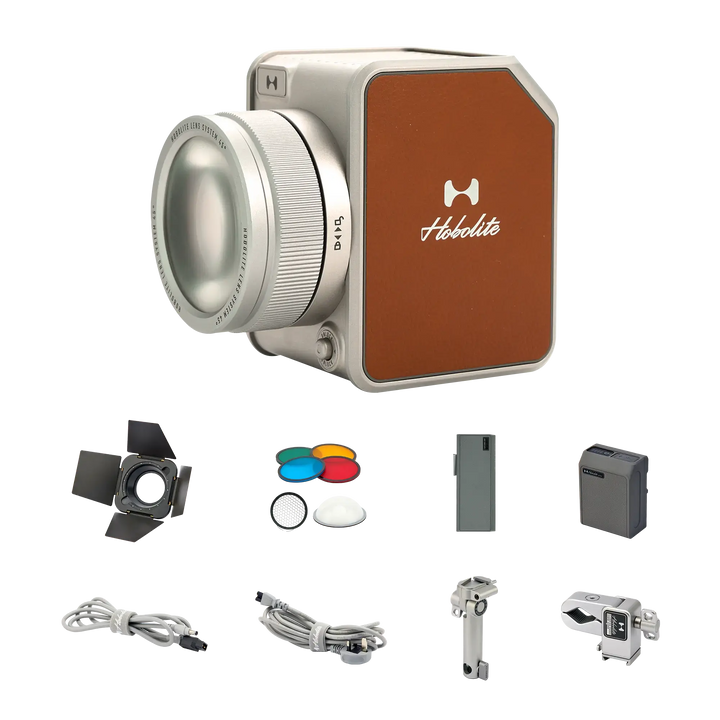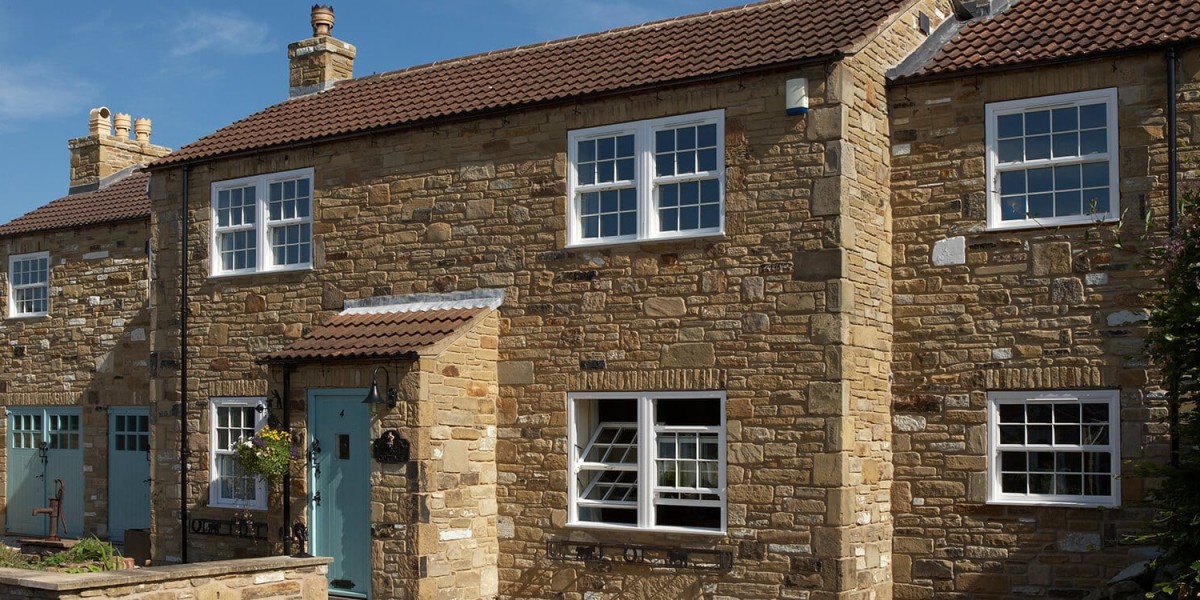Unveiling the Ultimate Photography Lights of 2025: Which Ones Will Transform Your Shots?
In the world of photography, lighting is not just an accessory; it is the very foundation that can elevate a good image to a great one. Whether you're a professional photographer or a hobbyist, understanding the nuances of lighting can dramatically affect the quality of your shots. As we step into 2025, the demand for innovative photography lights is at an all-time high, with new technologies and features that cater to the evolving needs of photographers. From capturing the perfect portrait to creating stunning landscapes, the right lighting can make all the difference. In this article, we will explore the essential aspects of photography lighting and compare the best-selling options available this year, ensuring you find the perfect fit for your photographic endeavors.

Understanding Photography Lighting
Photography lighting can be broadly categorized into two types: natural and artificial. Natural light, derived from the sun, offers a dynamic quality that changes throughout the day, presenting both challenges and opportunities for photographers. On the other hand, artificial lighting, which includes various sources like flash, LED, and continuous lights, allows for greater control over the shooting environment. Understanding the impact of light quality, direction, and color temperature is essential for any photographer. Quality of light refers to its softness or harshness, which can dramatically alter the mood of an image. Direction dictates how shadows and highlights fall on your subject, while color temperature affects the overall tone of your photographs. Whether you’re shooting indoors or outdoors, mastering these elements will enable you to craft stunning imagery that resonates with viewers.
Top Features to Look for in 2025 Photography Lights
As you gear up to select the best photography lights for your needs in 2025, there are several key features to keep in mind. Brightness adjustments are crucial, as they allow you to customize the intensity of light according to the shooting conditions and desired effect. Portability is another essential factor; photographers often need to move quickly from one location to another, and lightweight, compact lights can make a significant difference. Battery life is equally important, especially for outdoor shoots where power sources may not be readily available. Lastly, color accuracy plays a pivotal role in ensuring that your images capture true-to-life colors, which is especially important in product and fashion photography. By focusing on these features, you can enhance your photographic capabilities and ensure that your lighting equipment meets your unique requirements.
Comparative Analysis of Best-Selling Photography Lights
In 2025, the market offers a variety of photography lights, each with its own set of advantages and disadvantages. Understanding these can help you choose the right one for your specific photography style. Let's delve into three of the most popular types of lighting: LED panels, ring lights, and softboxes.
LED Panels
LED panels have gained immense popularity among photographers due to their versatility and efficiency. These lights are lightweight and easy to set up, making them ideal for both studio and on-location shoots. One of the major advantages of LED panels is their ability to emit a broad spectrum of colors while maintaining a high color accuracy. This feature is particularly beneficial for videographers and photographers who require consistent lighting over extended periods. Additionally, many LED panels come with adjustable brightness settings, allowing users to modify the light output according to the scene. This flexibility makes them a top choice for various photography styles, from product photography to event coverage.
Ring Lights
Ring lights have become synonymous with portrait and beauty photography, thanks to their ability to create a flattering, even light that minimizes shadows. These circular lights provide a unique catchlight in the subject's eyes, enhancing the overall appeal of the image. They are especially favored by influencers and content creators for makeup tutorials and portraits, as they highlight facial features beautifully. The portability of ring lights also adds to their allure, allowing for easy transport to various locations. However, it’s worth noting that while ring lights excel in certain areas, they may not be suitable for all types of photography, particularly wide-angle shots or full-body portraits.
Softboxes
Softboxes are essential tools in studio photography, known for their ability to diffuse light and create a soft, flattering illumination. They work by enclosing a light source within a fabric box that has a diffusion panel, helping to reduce harsh shadows and create a more even light distribution. This makes softboxes ideal for portrait and product photography, where detail and texture are important. While they may not be as portable as other options, their effectiveness in creating professional-quality images is unparalleled. For photographers who often work in controlled environments, investing in a good set of softboxes can be a game-changer.
Key Takeaways on 2025 Photography Lighting
As we navigate through 2025, the world of photography lighting continues to evolve with innovative technologies and designs. Each type of lighting—whether it be LED panels, ring lights, or softboxes—offers unique advantages that cater to different styles and needs. When selecting the best photography lights for your projects, it’s crucial to consider your specific requirements, shooting environments, and the type of images you wish to create. By understanding the fundamental aspects of lighting and staying informed about the leading options available, you can enhance your photography and produce images that truly stand out. Happy shooting!








